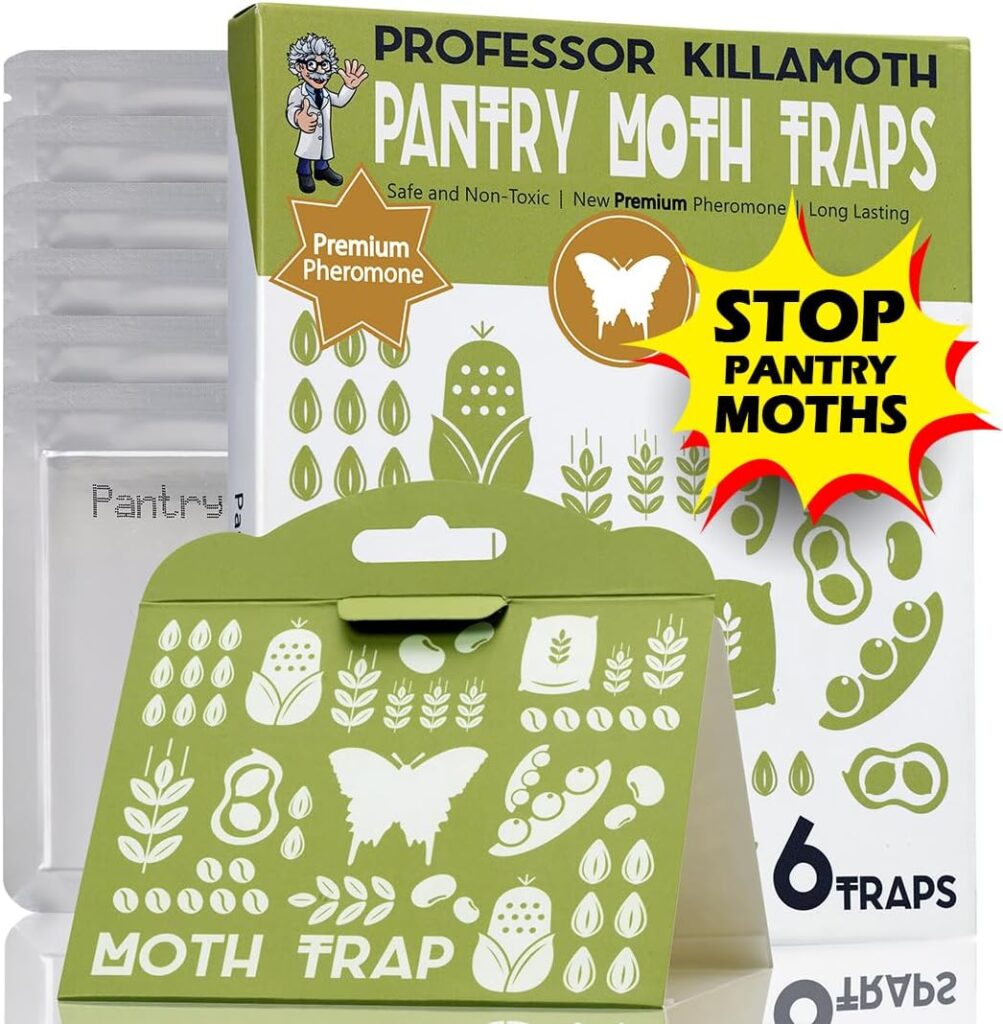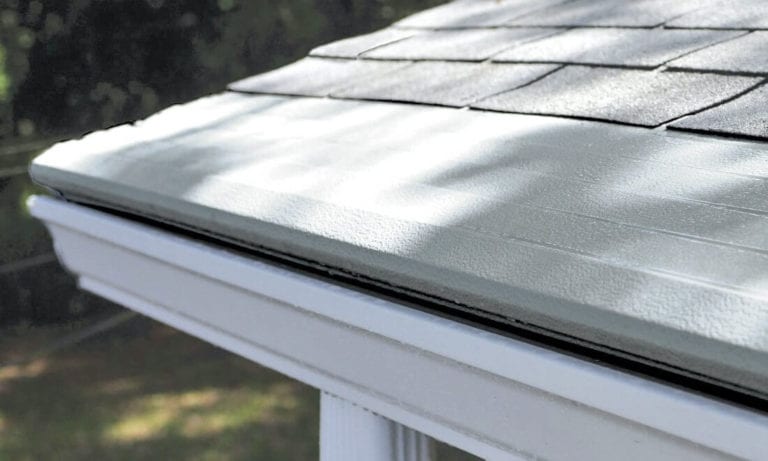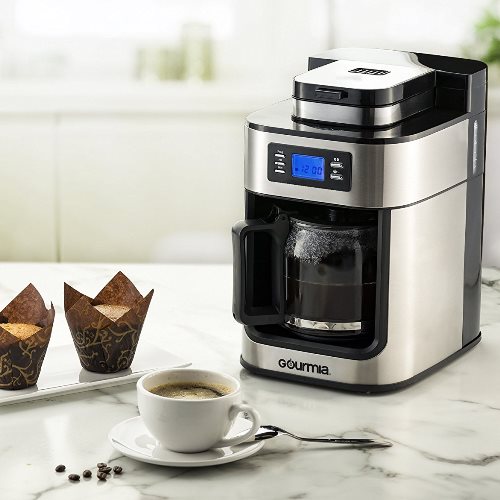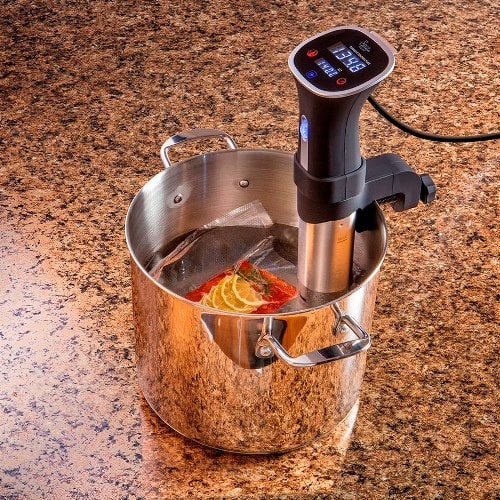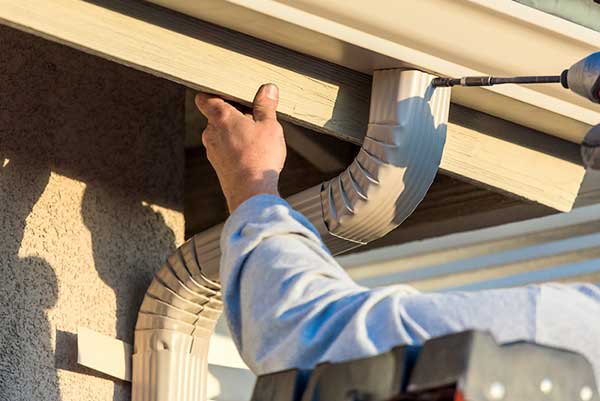5 Ways to Stop Moths in Bird Seed: What Kind of Moths Are Attracted to Bird Seed?
Moths in bird seed are a common problem for bird enthusiasts.
These pesky pests can infest your bird seed, leading to contamination, waste, and frustration.
Not only do they affect the quality of the seed, but they can also create an unpleasant environment for both you and your birds.
While there are different types of moths that may be attracted to bird seed, the most common are pantry moths, also known as Indian meal moths.
These moths are attracted to grains, seeds, and dried food products, making bird seed an ideal target.
In this blog, we’ll explore five effective ways to stop moths from infesting your bird seed and keep your bird-feeding routine pest-free.
Let’s dive in!
What Kind of Moths Are Attracted to Bird Seed?
The primary moth species attracted to bird seed are pantry moths (Plodia interpunctella), which are known to infest dry foods such as grains, cereals, and seeds.
These moths are drawn to the seeds’ organic material, which provides an ideal breeding ground for them.
Female pantry moths lay their eggs in the bird seed, and the larvae feed on the seeds, eventually turning into adult moths.
The result is a disrupted bird feeding experience and a contaminated food source.
Knowing how to prevent moth infestations can help maintain clean, safe bird seed for your feathered friends.
5 Ways to Stop Moths in Bird Seed
1. Use Pantry Moth Traps
One of the most effective ways to combat moth infestations in your bird seed is to use pantry moth traps.
These traps are specifically designed to attract and capture adult moths, preventing them from laying eggs in your bird seed.
They typically contain pheromones that mimic the scent of female moths, luring male moths into the trap, where they become stuck.
By using these traps near your bird seed storage area, you can significantly reduce the number of moths that find their way into your seeds.
Out of all of the pantry moth traps I’ve used, Professor Killamoth’s Pantry Moth Traps are my personal favorite.
These pantry moth traps are perfect for preventing moth infestations in bird seed, as they attract and capture male moths before they can reproduce and damage your seed.
With a special pheromone attractant built into each trap, these non-toxic, easy-to-use traps provide long-lasting protection without harmful insecticides, making them safe for both pets and family.
Simply place the traps in areas where you store bird seed, and the sticky surface will effectively capture and eliminate moths, keeping your bird seed fresh and free from contamination.
Try them out and see how it goes!
2. Store Bird Seed in Airtight Containers
Proper storage of bird seed is essential for preventing moth infestations.
To avoid attracting moths, always store your bird seed in airtight containers made of plastic, glass, or metal.
These containers will prevent moths from entering and laying eggs in the seed.
Make sure the containers are well-sealed and kept in a cool, dry place.
If you buy bird seed in bulk, consider transferring it to smaller containers to ensure it stays fresh and protected.
Storing bird seed correctly will keep pests out and maintain the quality of the seed.
3. Freeze Bird Seed Before Storing
Freezing bird seed before storing it is an effective method for killing any eggs or larvae that may be present in the seed.
Place the bird seed in a sealed plastic bag or container and freeze it for at least 48 hours before storing it.
The extreme cold will kill any moth larvae or eggs, preventing them from hatching and infesting the seed.
After freezing, transfer the seed to airtight containers for long-term storage.
This preventive measure will ensure that you’re starting with fresh, pest-free bird seed.
4. Clean and Inspect Storage Areas Regularly
Keeping the storage area where you store your bird seed clean and free from debris is essential in preventing moth infestations.
Regularly check for any spilled seeds or husks, as these can attract pests and create a breeding ground for moths.
Wipe down shelves or cabinets where you keep your bird seed to remove any food particles, and vacuum the area regularly to keep it tidy.
Inspect your storage containers for any signs of damage or leaks, as this could allow moths to enter.
Maintaining a clean, organized space will help minimize the chances of a moth infestation.
5. Use Natural Repellents
Natural moth repellents can be a useful tool in keeping moths away from your bird seed.
Herbs like lavender, bay leaves, and cedarwood are natural moth deterrents and can be placed near your bird seed storage area to repel moths.
You can also use essential oils, such as eucalyptus or peppermint, on cotton balls and place them in the storage area to help keep pests at bay.
While these methods may not eliminate an existing moth problem, they can serve as an added layer of prevention to keep moths from returning.
Stop Moths In Bird Seed
Moths in bird seed are a nuisance, but with the right preventive measures, you can protect your bird seed and keep your feathered friends happy and healthy.
Using pantry moth traps, storing bird seed in airtight containers, freezing the seed before storage, regularly cleaning and inspecting your storage area, and using natural repellents are all effective ways to stop moth infestations.
By taking these simple steps, you’ll ensure that your bird seed remains fresh and pest-free, providing your birds with the best possible food.
If the infestation persists despite these measures, consider consulting with a pest control professional to address the problem and ensure your home remains moth-free.
Thank you for reading!
Affiliate Disclosure
Some of the links on this site are affiliate links. This means that if you click on the link and purchase the item, we may receive an affiliate commission at no extra cost to you. I only recommend products or services that I believe will add value to my readers, however, some (not all) do pay us to be on this blog. Your support and theirs help keep this blog running, and I genuinely appreciate it.
Medical Disclaimer
The information provided on this website is for educational purposes only and is not intended as medical advice. This blog or the writer is not a licensed healthcare professional, and the content should not be used as a substitute for professional medical diagnosis, treatment, or advice. Always consult with your physician or other qualified healthcare provider before starting any new treatment or making any changes to your healthcare routine.
